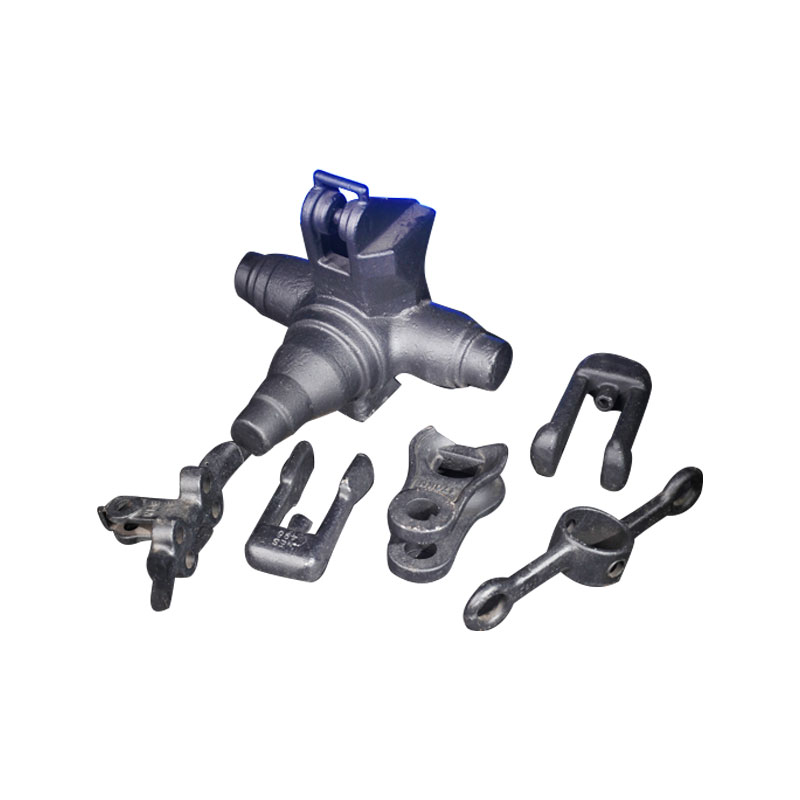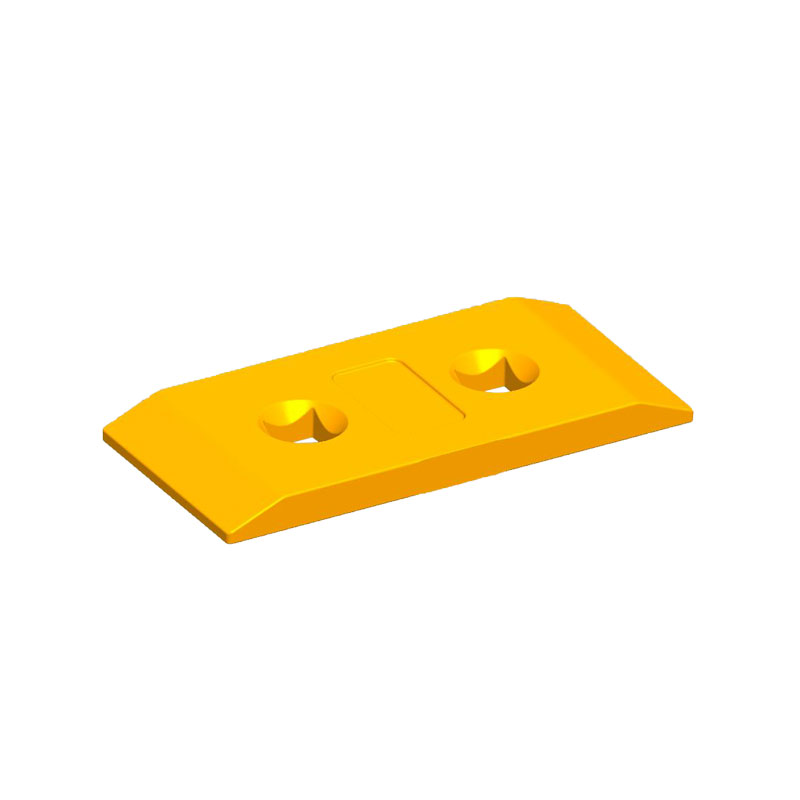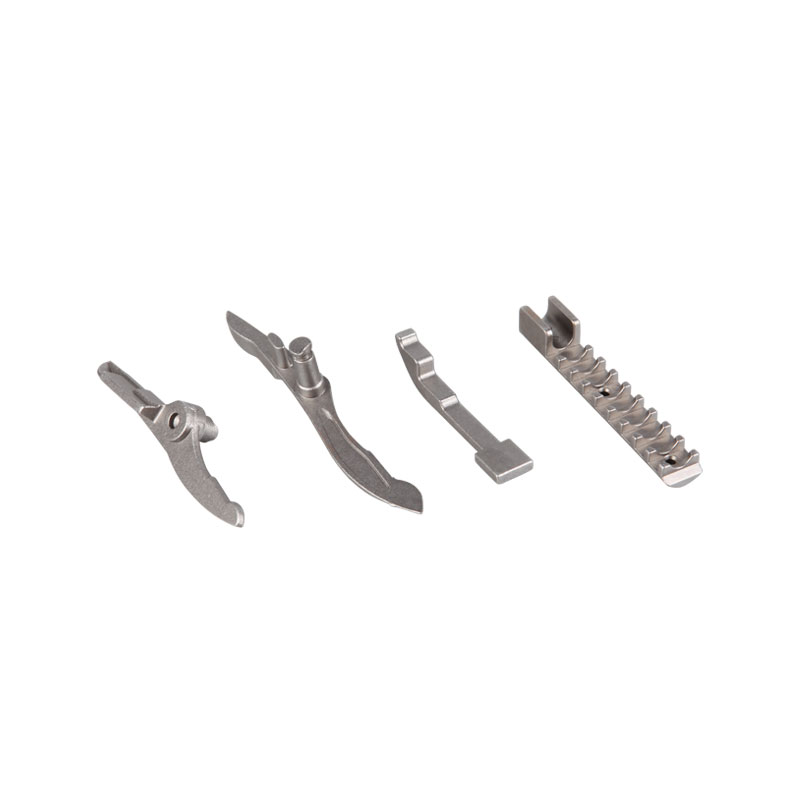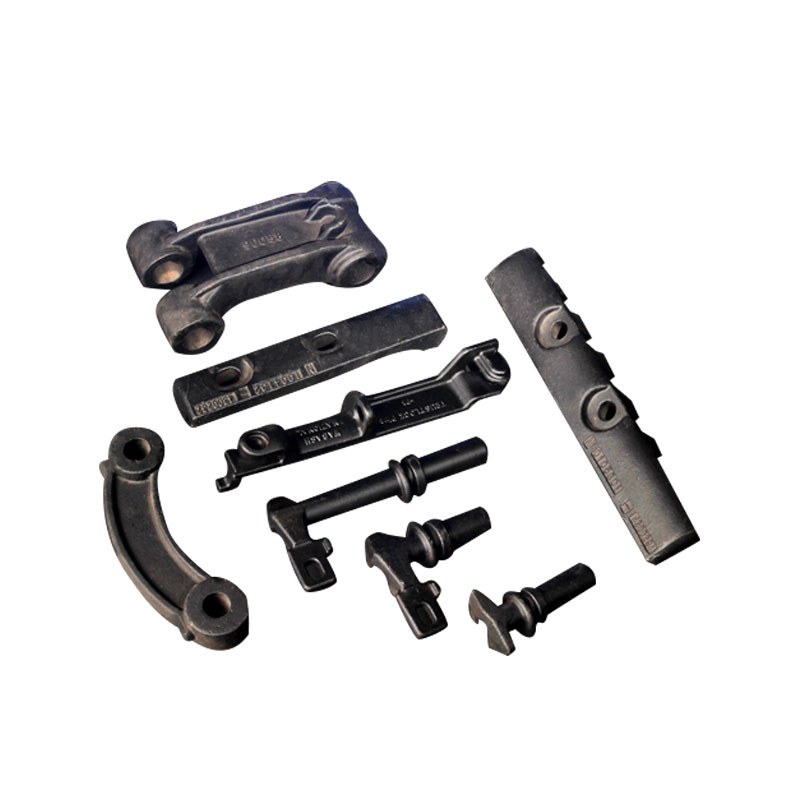Investment casting, also known as "lost wax casting," i […]
Investment casting, also known as "lost wax casting," is an ancient and fascinating process used to create detailed, intricate parts.
Investment casting can be traced back to ancient times, and it is said that it existed during the Shang Dynasty in China. This process is to make a wax mold, dip the wax into the refractory coating to form a pottery embryo, then bake to melt the wax, leaving the shape of the sleeve, then melt the metal in the furnace, inject the sleeve, and finally form the required parts after cooling and solidification.
The greatest advantage of investment casting is the ability to manufacture complex parts with a precision and surface finish unmatched by other casting methods. It is as if a magician uses wise techniques to create exquisite and detailed works of art in the casting process. Whether creating parts for precision instruments or rare vessels for antique relics, investment casting is adept at bringing imagination to life.
Some may be concerned that investment casting requires large amounts of refractory coatings and energy, resources that are limited, and the impact on the environment. In addition, it takes a long time to make wax models, and any flaws will irreparably affect the quality of the final product.
However, I don't think these issues completely outweigh the advantages of investment casting. While investment casting can be resource-intensive, there are many ways to improve it as the process has evolved. For example, reusable pottery embryos can be used to reduce waste of resources. At the same time, the time required to manufacture wax models has been greatly shortened in modern times, and with the accumulation of experience, the incidence of defects will also decrease.
In general, investment casting, as a unique and delicate casting method, has unique advantages in the manufacture of complex parts. Whether you're a sculptor or an engineer, creativity meets craftsmanship when you use investment casting.




